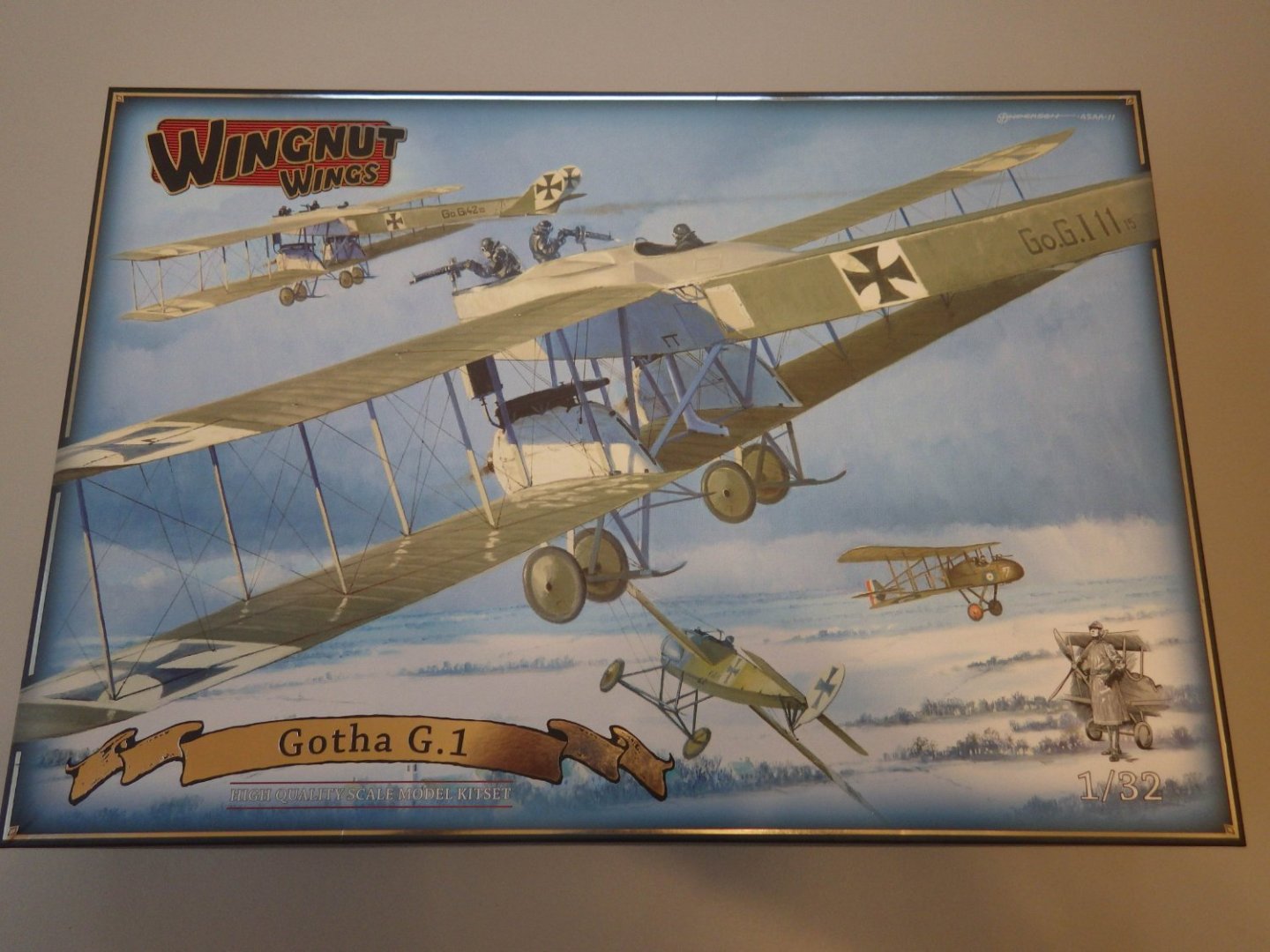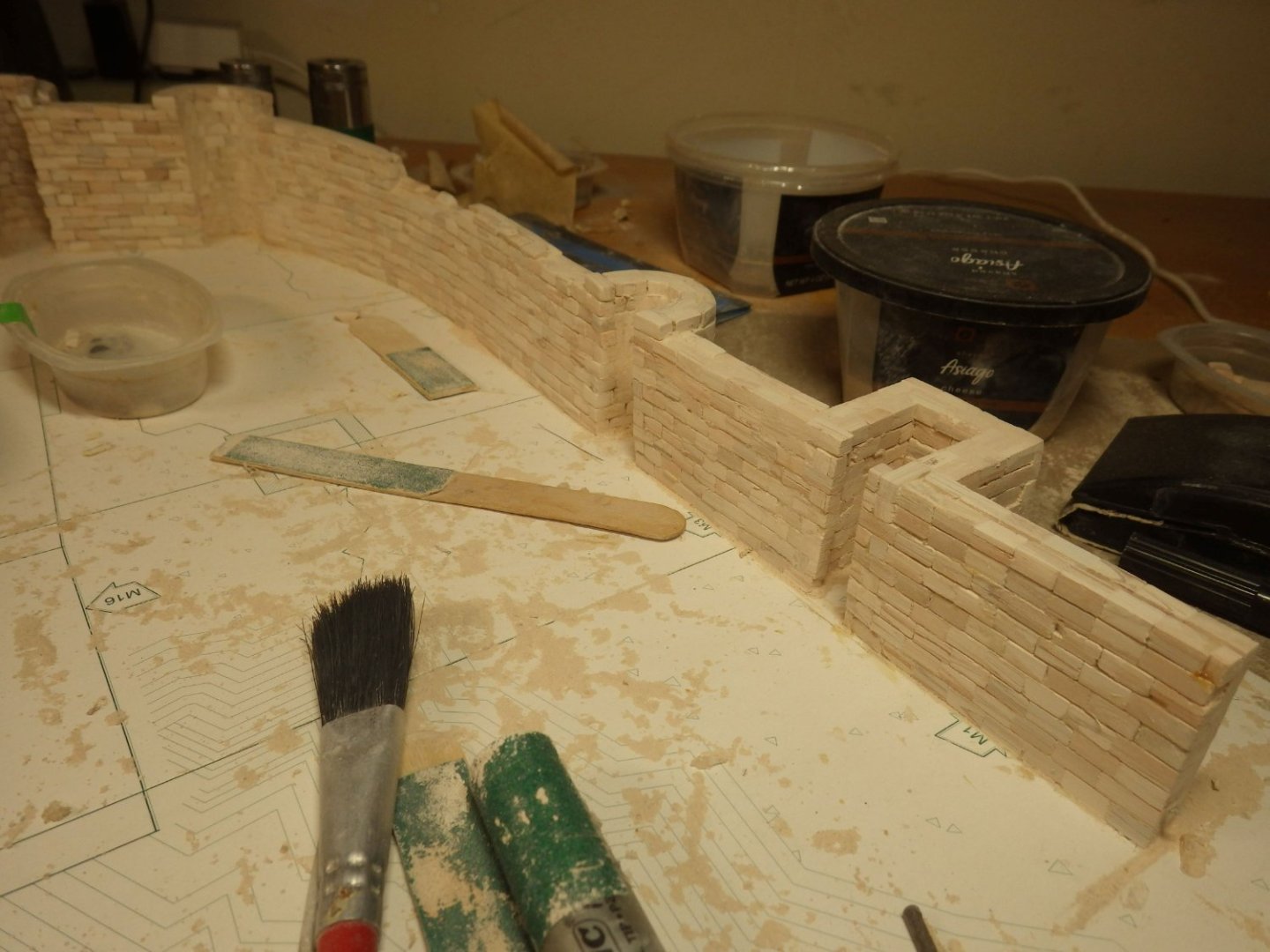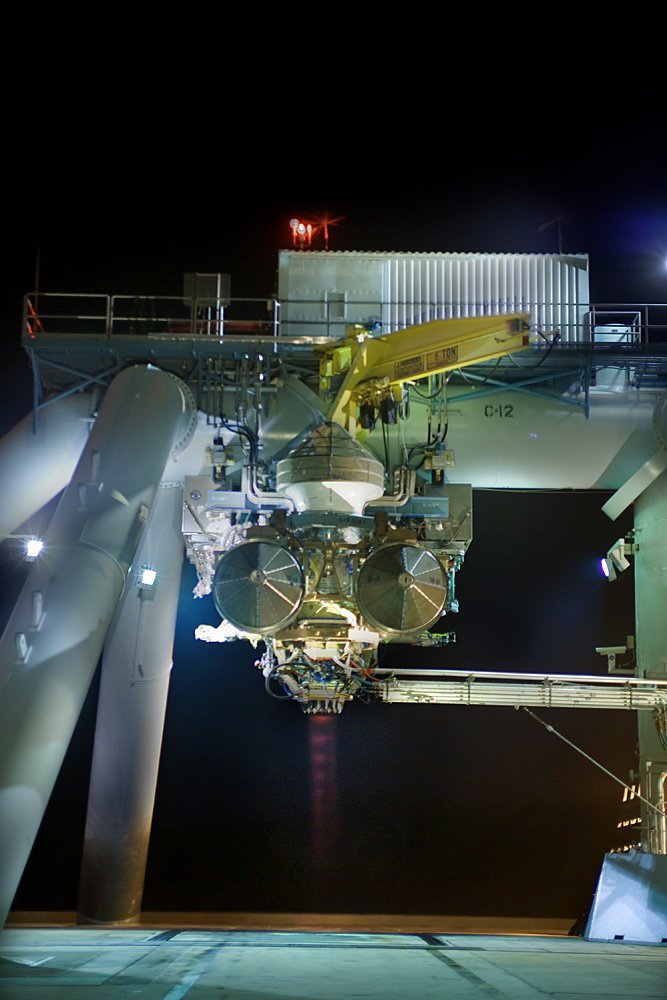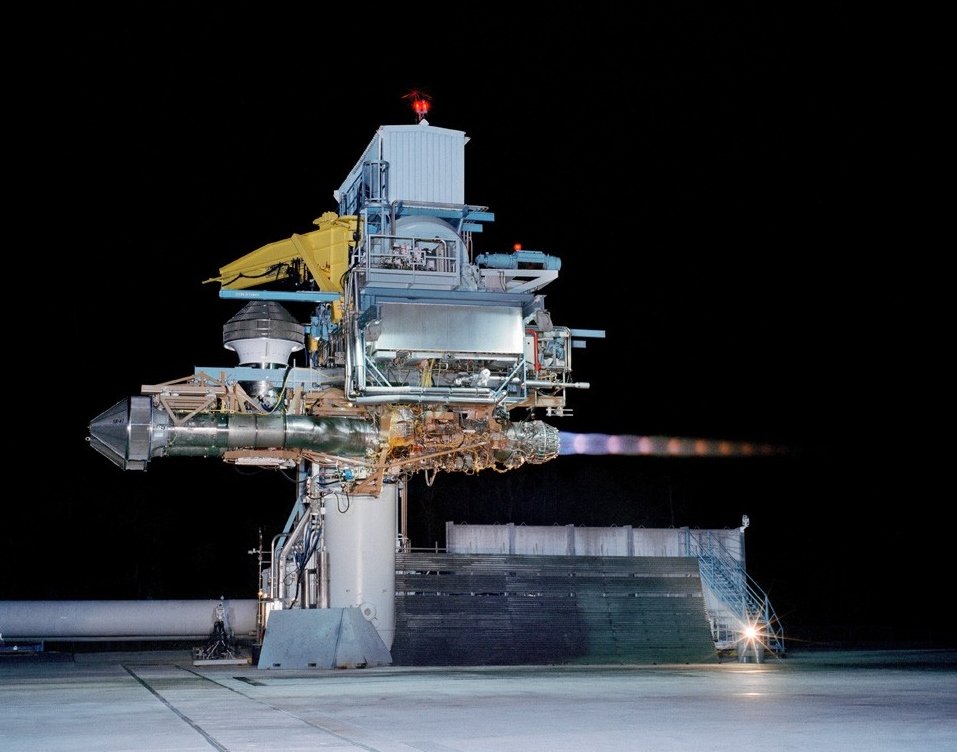
king derelict
Members-
Posts
3,228 -
Joined
-
Last visited
Content Type
Profiles
Forums
Gallery
Events
Everything posted by king derelict
-
Vincent Black Shadow by CDW - Revell - 1:12 Scale
king derelict replied to CDW's topic in Non-ship/categorised builds
The spoked wheels are wonderful. A huge improvement Alan -
Hi OC I've had to spend too much time in the real world recently but its great to see the photos of your figures again. I really like the one of the Rifles streaming out of the gate. I can almost see movement there. I hope your dental issues were resolved and all is well with you. I seem to be seeing far too much of the medical profession at teh moment and its far from my favourite activity even if a lot of it is on behalf of someone else. Alan
-
This is looking real very nice. Your printed details are a lot tidier than mine. As regards the wooden decks at least for the Flowers it seems to be a case of some of them had wooden decks some of the time and the layout was variable too possibly depending on which shipyard built them so I expect you are probably correct in what you have done. Alan
-
After a shamefully long absence I'm back and hoping to make regular appearances again. Work has been very intrusive and eaten up far too much modelling time. Helping a friend through surgery has used up what was left of my waking hours. Hopefully both are coming to a conclusion in a positive way shortly This is what I've been spending far too much time dealing with. This is the F-35B engine in Powered Lift mode; nozzle down and Liftfan engaged. Its not in afterburner but you can still see the shock diamonds from the exhaust. AB is not supposed to be engaged in Powered Lift but we have done it accidently and it really cooks the concrete The one slight benefit of all this work stuff is a bump in the piggy bank. Most is going off to pay for boring stuff like replacement water pipes in the house and repainting the exterior I have used the opportunity to add to the kits on the shelf (and in the cupboard and under the bed etc) I quite fancy another Wingnut Wings kit before they disappear forever but I'm not sure I am good enough to do them justice. I've also been looking for the Flyhawk Iron Duke ship model kit but the only place I can find it is Squadron and I seem to recall mixed reviews about them. Anyone got any recent experience since they absorbed Freetime. So back to the Castillo Loarre. I try to be a little done when I have an hour spare. Although the pace is glacial it actually lends itself to this sort of attention. The sessions are far too short to get fed up with endlessly shaping the bricks. The inside of the circular towers are really tedious to do and smoothing them out afterwards is a bit challenging, Thats where the deep sockets in the background come in. I have stuck sandpaper onto them and they fit onto the tower and can be rotated to clean up the interior walls. The short sessions are handy in another way. The work is all done reaching across the baseboard and the old back gets a bit cross about that after a while. The lack of time has meant my plan to complete the curtain walls before the hot weather arrived has failed but a desk fan on the workbench is keeping things tolerable in the garage. At least nothing is light enough to blow away on this project. So, this is where I am now Only 2 and a half towers left and enthusiasm is still there to make it to the end. Then I can switch to other bits of the model; the main building and the lighting. Sorry its been a while but thank you for stopping by. Alan
-
Hi Craig This is really shaping up to be a hot summer. Working out on the test stand is miserable especially when the sun has warmed up the metal surfaces. Thankfully most of the time I'm in the air conditioned control rooms which are cooled to the point of needing a fleece jacket at times. I'm hoping to be back on the site a bit more regularly now as testing slows down. Its been frustrating watching time drift away doing real world tasks. Thanks for the good wishes. Alan
-
Hi Andrew Thank you for the good wishes. All is well but work has been overwhelming. The promised 20 hours a week has been 45 - 50 hours partly as we have been doing crash investigation testing which always has the whips out for progress. I think we are coming to the end of it now and I hope to be a lot more active here. I've read some of the builds and am green with envy. Some wonderful stuff out there. Regards Alan
-
We are out in the swamp at the Pratt and Whitney test facility at West Palm Beach. This is the F35B STOVL engine. You can see the unusual vertically mounted inlet. That's on top of the Liftfan for vertical thrust. I'm the photo it's running in conventional more at full AB but I have one in STOVL with the nozzle bent down. On still nights I can hear it at home 25 miles away but the alligators don't seen to mind. Yep, suddenly I'm working full time,trying to get a few house projects done and troy off to various appointments. It will make model time more precious when it comes around again Alan
-
I haven't given up on this project but time to work on it has become rather scarce. That part time consulting role has become a sixty hour week working all seven days. So I'm doing a lot more of this instead of adding blocks to the Castillo Loarre. It has had the effect of recharging my interest and I'm looking forward to getting back into this in the near future. So, apologies for the lack of progress and updates. I hardly have time to check a few threads and as usual be amazed at what everyone is doing. I'm also jealous of course. At least I hope to pass on the benefits of working to Sprue Brothers shortly. Alan
-
Try something from the Flyhawk range. I think they are excellent kits for details,got and design. My first kit was the Flyhawk HMS Lance and it was a rude shock opening the box on my following Trumpeter kit Alan
-
Absolutely beautiful work. Its a stunning model. The crew makes it stand out but I think the wonderfully realistic sails make this a spectacular boat. Congratulations Alan
- 206 replies
-
- Vanguard Models
- Brixham trawler
-
(and 2 more)
Tagged with:
-
US 6” gun by RGL - FINISHED - Panzer Concepts
king derelict replied to RGL's topic in Non-ship/categorised builds
I really like a lot of the subjects that Rosen produce and I have build some of their 1/72 kits. Some detail is excellent but in other areas flash is horrible and swamps the part Alan -
Sorry for the dolorous progress. Real like has been intruding badly these last days. Partly its self inflicted. I was asked to come back and consult for a couple of engine tests and I (possibly foolishly) agreed. It will keep the wolf a few paces away from the door and doubtless improve sales at Sprue brothers et al. Its also good to hear the howl of an F135 at full throttle again Anyway, in quiet hours some progress has been made and the outer faces of the walls have been finished Now I have to turn it around and do it all over again on the inside. Some of the blockwork on the inside of the towers is going to be interesting.. I had planned to take a break at this point but I'm enjoying it too much and playing with engines will provide enough diversion so I'll try to keep going. Its going to be slow though so get comfy and lay in plenty of snacks and adult beverages Thanks for all the support, likes and comments Alan
-
Gators Grip and the similar product from Mig Ammo have similar properties. They give you time to get a good placement of the PE. They also dry with some flexibility which means the part doesn't break off as easily as when glued with .CA which is brittle. I like the GG thin version best. Alan
About us
Modelshipworld - Advancing Ship Modeling through Research
SSL Secured
Your security is important for us so this Website is SSL-Secured
NRG Mailing Address
Nautical Research Guild
237 South Lincoln Street
Westmont IL, 60559-1917
Model Ship World ® and the MSW logo are Registered Trademarks, and belong to the Nautical Research Guild (United States Patent and Trademark Office: No. 6,929,264 & No. 6,929,274, registered Dec. 20, 2022)
Helpful Links
About the NRG
If you enjoy building ship models that are historically accurate as well as beautiful, then The Nautical Research Guild (NRG) is just right for you.
The Guild is a non-profit educational organization whose mission is to “Advance Ship Modeling Through Research”. We provide support to our members in their efforts to raise the quality of their model ships.
The Nautical Research Guild has published our world-renowned quarterly magazine, The Nautical Research Journal, since 1955. The pages of the Journal are full of articles by accomplished ship modelers who show you how they create those exquisite details on their models, and by maritime historians who show you the correct details to build. The Journal is available in both print and digital editions. Go to the NRG web site (www.thenrg.org) to download a complimentary digital copy of the Journal. The NRG also publishes plan sets, books and compilations of back issues of the Journal and the former Ships in Scale and Model Ship Builder magazines.








.jpg.38804488dcaf14fd143f5c7d74e4d56c.jpg)
.jpg.8cee19e97754ca366b255759a4fd62fd.jpg)